HF One MKII is another big step towards a good and cheap HF QRP transceiver. Less than 8 months ago we saw the Xiegu X1M, a small 5W SSB/CW transceiver for HF that costs under US$ 300 and weights just 500grams, bringing serious competition to the Yaesu FT-817 for those QRP mountain hiking afficionados out there. This time, the chinese electronics industry brings us for about the same price – US$ 300 + shipping, a much more refined looking product based on SDR technology and with 10W power output.
And because we’re in 2013, when you’re in the field you can use your tablet or smartphone to access all those sweet SDR features. At least that’s what the above pictures suggests, and if this turn out to be as good as it looks it makes me say “finally HAM radio is starting to catch up to technology: Icom, Yaesu and Kenwood go and learn from the chinese to make modern radio equipment“. Sure, that’s not very fair but this should’ve been a 2011 product from a market leader.
Edit: actually it’s not their software pictured there, but the 3rd party CommCat for wich you will need a separate CAT to Bluetooth interface, so no bonus points for the chinese industry anymore.
It works from 30KHz to 30MHz and only supports CW and SSB as standalone but using the I/Q you could demodulate any signal you’d like; unfortunately there’s no I/Q input, so it only works on recieve. The dimensions are normal for it’s class: 160*126*45 mm (the Yaesu FT-817 is 165*135*38 and the Xiegu X1M is 155*97*40), but the manufacturer lists a weight of almost 1.2Kg for the whole thing (mic and cables included) due to a rugged cast aluminium case.
When you see the internals though, you will realise this isn’t something completely new: it is actually a repacked Juma TRX2A made a few years ago by OH2NLT and OH7SV and initially sold for EUR 500 (wich is around US$ 680), sporting AD9851 direct digital synthesis (also used in the X1M), polyphase filtering and a PIC 30F5014 microcontroller. It works from 11 to 15V, takes 500mA on RX and 3A at the maximum 10W TX output, reciever sensitivity is -130dBm and the IMD3 dynamic range is claimed at an impressive over 100dB.
It can record 120s of audio, can store 26 channels and has an integrated automatic keyer. Still waiting for input from actual users, but considering the original Juma was very praised this should be no less.

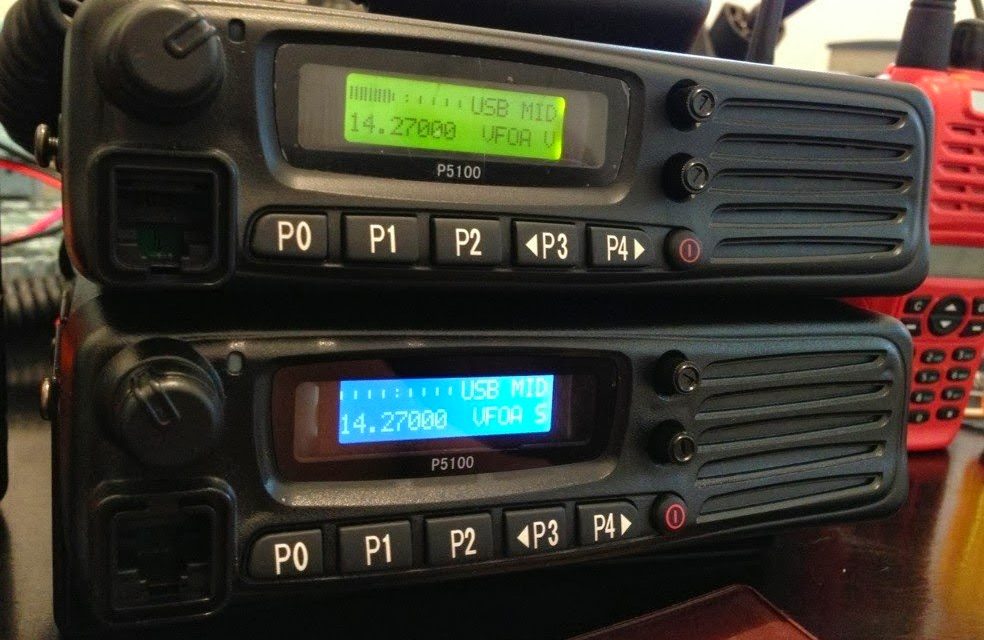
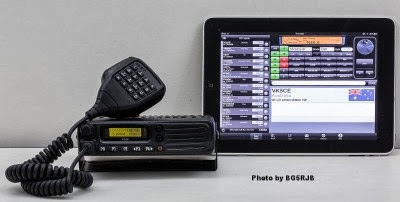.jpg)
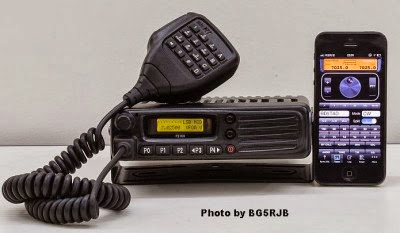.jpg)



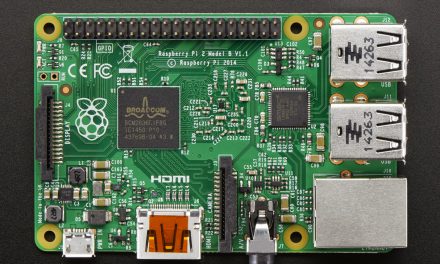
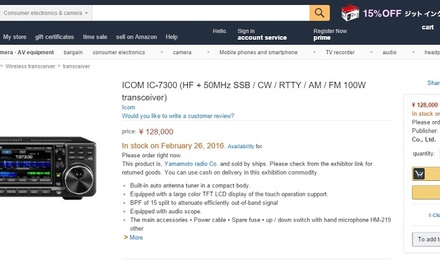

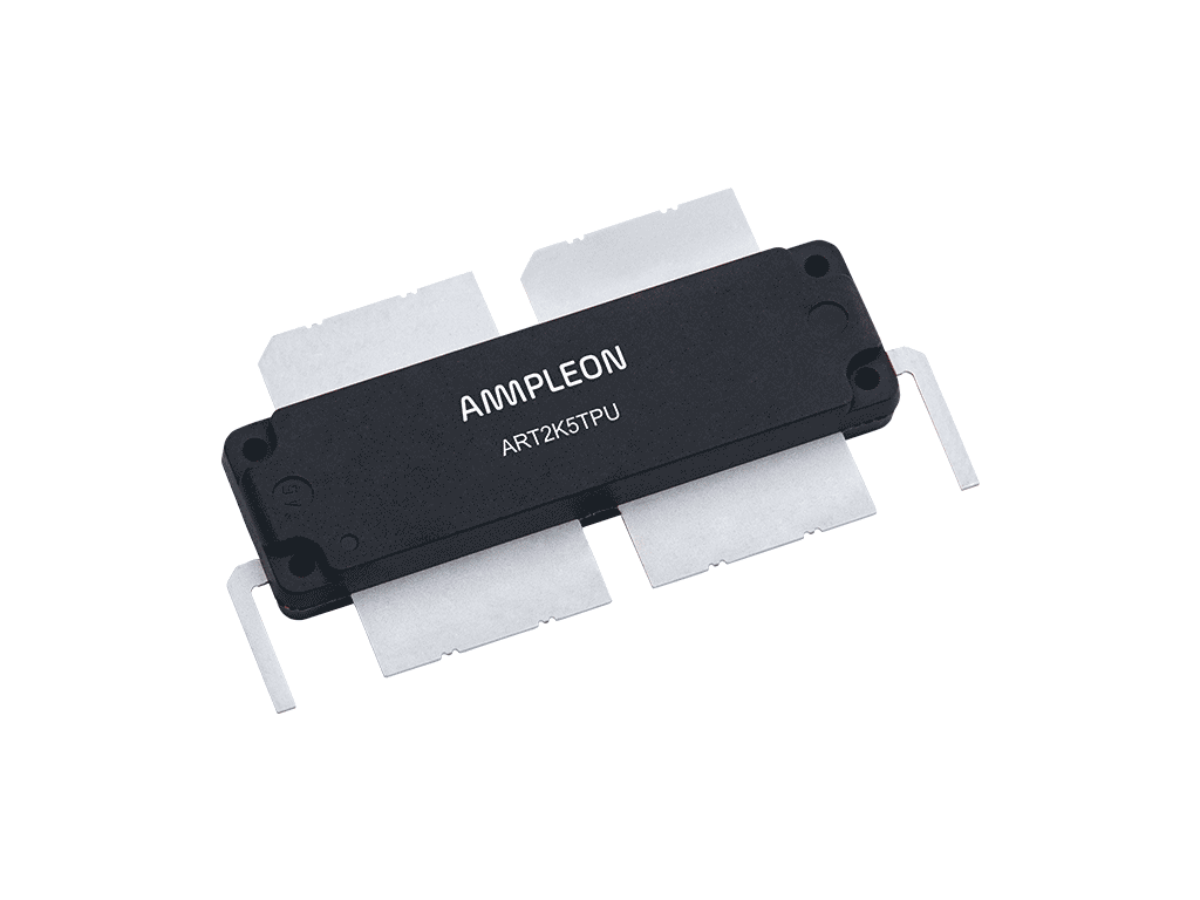
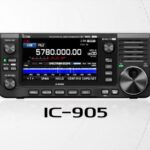
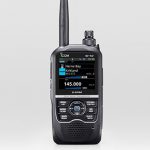

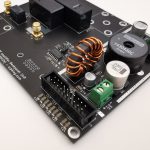
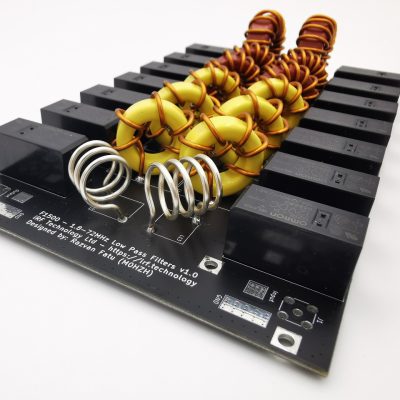
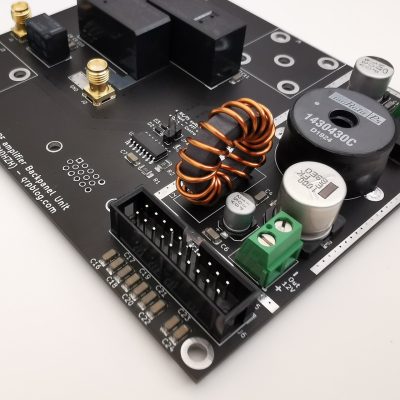
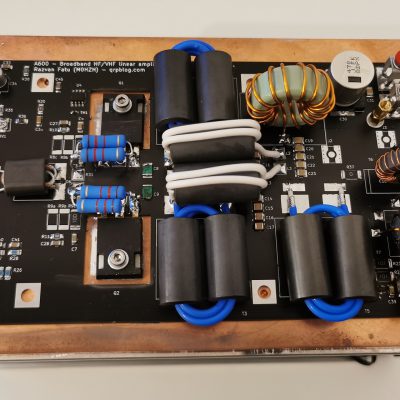
What is source where to buy?
Victor, UA1CEX.
Thanks for visiting my blog, Victor. You can find it here:
http://www.aliexpress.com/item/HF-ONE-MKII-QRP-Transceiver-Kits/1379485704.html
There is also a link in the beginning of the article.
73, Razvan YO9IRF.
Hello Razvan, light weight is also very fine for taking the set with you on the plane. hi. 73, Bert
Razvan, thank you very much.
Victor, 73/72 – UA1CEX.
Are the instructions for this radio in english. Thanks Leo
I alsked the seller and will get back to you. But you could probably use the manual from the Juma, just indentify the buttons and you're good to go.
http://www.jumaradio.com/juma-trx2/
Thank you for that info
– is it really a kit??
– CE approved??
– anybody bought one??
Daniel, HB9DDS
The seller says he is working on the english manual at the moment, so it's not ready yet.
It is a kit, you have to install the boards in the case and make the connections. They probably do this because they don't have the certifications (CE or others) and they're not allowed to sell it as a finished product in most countries. There are a few buyers listed on the website but no feedback from the yet.
Razvan, YO9IRF
Should we try Razvan??
Daniel, HB9DDS
The infos and @ answers are not optimal:
"Do not worry. Without any problems. After about a month, we will provide a complete adjustment of a good product. Of course includes packaging and handheld MIC.thank you."
I don't know ……………
Daniel, HB9DDS
I'm hoping his english is not optimal and he means he will provide instructions on how to adjust, i.e. a manual of some sort. But we can't know yet.
I have received HF-ONE MKii today.
It was completely assembled and no connections are necessary.
And also no manual on package just MIC connection diagram only.
Great transceiver for the money!
The TX is continous, or only inside the Ham bands?
Thank you for the presentation of this radio.
I would like 20-25W maximum!
Nobody a review?
Any (good) nws folks??????
I just looking for the "order" button …………..and locking and locking and locking and ……..
Maybe it a good idea to make a Group of people interested for Chnese Transceivers. There are sooo many new , and unknown radio's coming out this last months and many doesnt even know their existence or how to buy them.
Hello John. What is your call sign??
Daniel, HB9DDS
Hi
SV1QXT
John
Athens Hellas.
Multumesc de info; mi-ar surade unul, in special ptr modul SDR 🙂
73 de yo2ldk
As vrea sa stiu daca a ajuns si in YO si care sint impresiile….la cald.
Salutari,
din pacate nu cred ca a ajuns, oricum timpul de livrare e mare. Din ce am mai citit prin alte parti e posibil sa fie ceva probleme cu rejectia spuriilor, asa ca momentan mai asteptam pana se mai maturizeaza si apar mai multe impresii de la utilizatori.
I think this is a fake….
Therefore I canceld my order because:
1. I don't get any response of my Mail's!!!
2. I read: Sorry, this item is no longer available!
Daniel, HB9DDS
Its a real pitty beacause there is a lot of potential from Asia.
Look if you want at
http://www.hellocq.net/forum/read.php?tid=320297&ds=1&page=9#4631772
I am not sure, but I think is there a direct discussion with the company and is probably the best way to find something directly from the font. ( In cinese I think).
If I dont make (traduction ) mistakes the productor gives this Internet Shop for who is interested to buy.
http://bg5uhu.taobao.com
1388.00 Chinese Yuan = 166.88 Euro. NICE!!
Sorry again. I didnt saw it before.
At http://bg5uhu.taobao.com
there are four prices
1388
300
and 1688 Chinese Yuan .
The last one ( 203 Euro ) probably is for the Complete transceiver and the first and the second price for only some parts of the complete package..
There is also the microphone at 150 Chinese Yuan
This comment has been removed by the author.
I send approx 30 mail to [email protected] and the order companys (Aliexpress) internal Mailsystem. NO answer since day or weeks!!!
i think this is a fraud……
Any suggestions????
Daniel, HB9DDS
Ηι.
I dont think its a fraud but who knows!
If you write a message at http://www.hellocq.net/forum/read.php?tid=320297&ds=1&page=9#4631772 site someone will help you for sure.
At least they will know much better what is going on with the selling plans of this transceiver!
Good luck.
If you find an interesting information write it here.
Have you seen the online shop
http://bg5uhu.taobao.com ?
I wrote several mails to [email protected]. As I say before. And you r link ist with translation to cpmplicated for register….
Daniel, HB9DDS
Will this unit handle digital mode transmissions? The I/Q statements had me confused.
Thanks
Hi its really very nice blog i enjoyed a lot to visit. 324g mobiles
This Rig was based on JUMA TRX2A with another case and new PCB.
So you can refer all of design from JUMA TRX2A site.
We can see same copyrights from this panel when power it up
lol, another stolen (cloned ) product. Looks like the last invention by chinese was paper 5 thousand years ago….
This is a good post. This post gives truly quality information. I’m definitely going to look into it. Really very useful tips are provided here. Thank you so much. Keep up the good work
. mobile
It would look much nicer – and would sell far better – if it looked like a HF SSB amateur radio transceiver, rather than another commercial two-way radio. Some of the Chinese "amateur radio" manufacturers simply can't break out of their commercial radio thinking – and I'm the person who started them making amateur radios…whew!